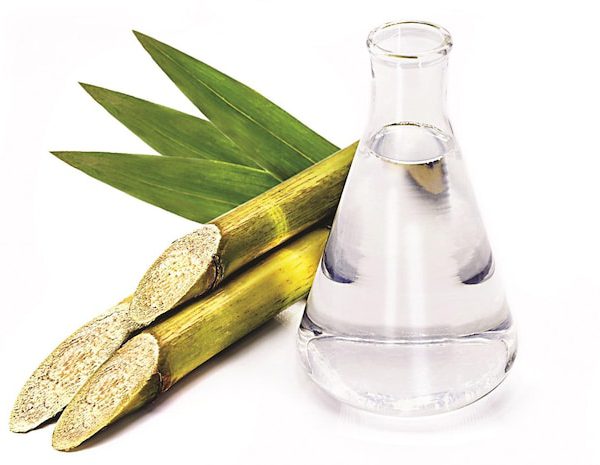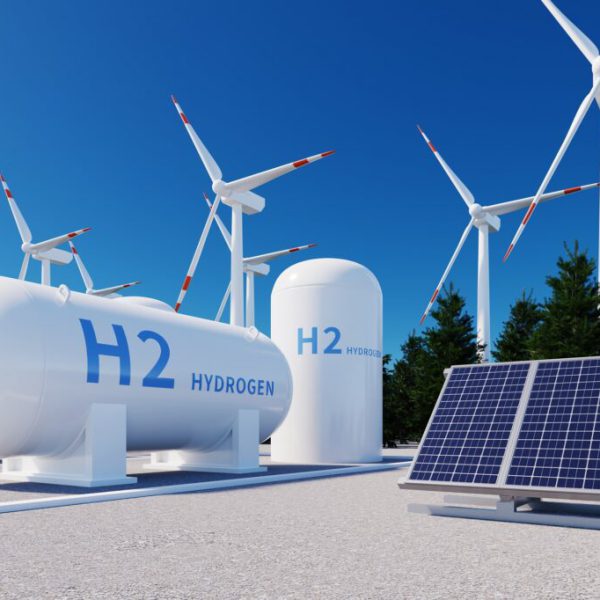Biogas: Powering the Future from Waste
Description: Biogas, a blend of methane and other gases produced by the anaerobic decomposition of organic matter, presents a renewable and versatile energy source. Unlike fossil fuels, it offers a closed-loop solution, utilizing organic waste like farm manure, food scraps, or sewage sludge, while reducing greenhouse gas emissions compared to traditional options. Biogas serves various applications, including:
- Power Generation: Used in power plants to generate electricity for homes, businesses, and industrial facilities.
- Transportation: Processed into biomethane for fueling vehicles like buses, trucks, and even airplanes.
- Heating and Cooking: Utilized in homes and industries for cooking, heating water, and other thermal applications.
- Industrial Processes: Employed in various industrial processes for heat and power generation.
Key Source Countries: Biogas production is geographically diverse, with prominent players spanning multiple continents:
- China (35%): Leading producer due to widespread adoption for agricultural waste management and government support.
- India (20%): Growing rapidly fueled by farm waste and government initiatives to promote clean energy.
- European Union (15%): Strong commitment to renewable energy drives production from diverse feedstocks like manure and wastewater.
- United States (10%): Established agricultural sector and growing focus on waste-to-energy solutions contribute significantly.
- Vietnam (5%): Rapidly expanding production from agricultural waste and organic household waste.
World Output Volumes: Global biogas production reached approximately 80 billion cubic meters (bcm) in 2022, with expectations of consistent growth driven by environmental concerns, rising energy demand, and supportive policies.
Major Producers and Market Share (Excluding China):
- Brazil (4%): Utilizing sugarcane bagasse and manure, focusing on expansion and innovation.
- Thailand (3%): Production mainly from livestock manure and food waste, with potential for further growth.
- South Korea (2.5%): Active in utilizing food waste and wastewater treatment sludge for biogas generation.
- Indonesia (2%): Growing sector leveraging palm oil waste and exploring other feedstock options.
- Germany (2%): Established technology and infrastructure for biogas production from various sources.
Forms of Trade: Biogas primarily trades in two forms:
- Physical Delivery: Transported via pipelines or compressed in cylinders for direct use in applications like power generation, heating, or vehicle fueling.
- Upgraded Biogas (Biomethane): Processed to remove impurities and match the quality of natural gas, enabling injection into existing natural gas grids for wider distribution and use.
Price Trends (Past 5 Years): Biogas prices are influenced by various factors, making precise tracking challenging. However, general trends can be observed:
- 2018-2019: Stable prices due to balanced supply and demand, with regional variations based on feedstock costs and regulatory frameworks.
- 2020: Prices dipped due to reduced demand during the COVID-19 pandemic.
- 2021-2022: Prices gradually increased due to rising energy prices, growing demand for renewable energy, and carbon pricing mechanisms.
Major Importing Countries:
- European Union (30%): Strong commitment to renewable energy targets and ambitious biomethane injection goals drive significant imports.
- China (20%): Growing demand for clean energy and limited domestic production potential create import needs.
- Japan (15%): Lack of domestic resources and reliance on imported natural gas necessitates biomethane imports.
- South Korea (10%): Limited domestic resources and ambitious renewable energy goals lead to biomethane imports.
- India (8%): Potential for imports as domestic production catches up with growing demand for clean energy solutions.
Major Exporting Countries (Excluding EU):
- Vietnam (15%): Exporting surplus biomethane to regional markets like Thailand and China.
- United States (12%): Exporting biomethane primarily to Canada and Mexico.
- Argentina (10%): Utilizing agricultural waste to produce biomethane for export and domestic use.
- Brazil (8%): Potential for biomethane exports as production infrastructure expands.
- Thailand (7%): Exploring opportunities to export biomethane to neighboring countries.
Other Important Aspects for International Traders and Buyers:
- Feedstock Sourcing and Sustainability: Ensuring sustainable and responsible sourcing of organic waste plays a crucial role in meeting environmental and social responsibility goals.
- Technology and Infrastructure: Advances in digester technology and infrastructure development are key to unlocking further biogas potential and facilitating efficient trade.
- Regulatory Frameworks: Supportive government policies and carbon pricing mechanisms incentivize biogas production





